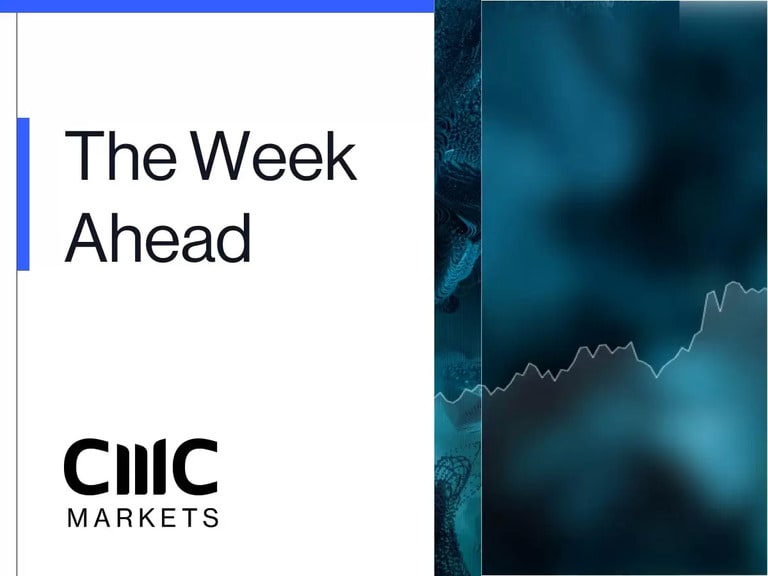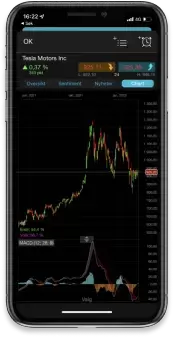Walmart [WMT] reported disappointing first-quarter results as rising inflation impacted consumer spending. With its second-quarter earnings due on 16 August, investors will be waiting to see how the US supermarket giant plans to tackle rising prices.
Up until the first three months of 2022, Walmart had appeared to be in a robust position to withstand a period of slowed demand. “For most of last year, Walmart confounded expectations that higher costs would impact profitability,” Michael Hewson, chief market analyst at CMC Markets, said. “However, in Q1 that luck ran out.”
In reaction to the turn in fortunes, investors sent the Walmart share price tumbling 11.3% after the retailer announced its first quarter results on 17 May. As of 11 August, the stock has slumped 9.2% year to date, almost in line with the S&P 500’s fall of 11.7%. However, it has outperformed retail rival Target [TGT], which was down 26.1% since the start of 2022.
‘Unusual environment’ leads to mixed Q1 results
In May, the world’s biggest brick-and-mortar retailer reported first-quarter revenues ahead of expectations at $141.6bn, up 2.4% year-over-year. However, its earnings came in lower than expected at $1.30 per share, missing consensus estimates of $1.48 per share. Doug McMillon, CEO of Walmart, cited an “unusual environment”, including inflation for food and fuel and pressures on margin mix and operating costs, as reasons for the disappointing result.
But the worry going forward is that this is the new normal. In early August, Walmart revealed plans to lay off around 200 corporate workers as part of a restructuring plan, suggesting that its struggles are deepening amid these challenging economic conditions. “We’re updating our structure and evolving select roles to provide clarity and better position the company for a strong future,” a company spokesperson told Fox Business, adding that Walmart planned to focus more on e-commerce, technology and health and wellness.
Walmart, which is based in Arkansas, remains an overwhelmingly dominant retail force in North America, reporting $573bn of revenue in fiscal 2022 – only Amazon [AMZN] has ever nudged ahead. It has nearly 5,000 stores in the US alone.
Walmart increasingly revises forecasts
Walmart’s financial expectations have seen a rising trend in revisions over the past year. At the end of 2021, it forecast sales growth of 4%. In May, it reduced this to 3.5% and cut its earnings outlook for Q2 on the back of rising inflation. On 25 July, Walmart provided another sobering update. It downgraded operating margins to 4.2% for Q2 and 3.8-3.9% for fiscal 2023. It also expected earnings per share to fall by 8-9% for the quarter and 11-13% for the year. However, the company forecast that sales growth would be 7.5% for Q2 and 4.5% for the rest of the year.
As prices continue to rise, many consumers are focusing more on increasingly expensive basics like food and fuel rather than general merchandise like electronics, which could leave shelves stuffed with unsold items. “The notable shift was consumers spending less on higher-margin items and spending more on groceries,” Hewson said. CEO McMillon also said large markdowns on clothing were hitting margins.
Analysts at Zacks Equity Research are forecasting a decline in Walmart’s Q2 earnings to $1.60 per share, a year-on-year downshift of 10.1%. However, revenues are expected to be up 7.4% year-on-year to $151.4bn.
Analysts’ expectations are cautiously optimistic
Walmart has undoubtedly had a difficult 2022. However, its dominant position in the US retail landscape, means its fate is sometimes seen as a bellwether for the whole economy. “When things go wrong at Walmart, you can extrapolate that it’s happening at other retailers, as well,” analyst Neil Saunders of GlobalData told Bloomberg in July.
However, in its July statement, the company remained relatively upbeat. “Customers are choosing Walmart to save money during this inflationary period, and this is reflected in the company’s continued market share gains in grocery,” it said.
Better-than-expected results might yet reverse, or at least flatten, any downward trajectory for Walmart stock. As a result, analysts are still fairly bullish about the company. Of 33 analysts offering a forecast at CNN, the median 12-month price target is $140, up 7.8% from the last close of $129.82 on 11 August. Of 37 analysts offering a consensus recommendation, 21 say to ‘buy’ Walmart shares six give it an ‘outperform’ rating and only 10 say to ‘hold’ it.
Disclaimer: CMC Markets is an execution-only service provider. The material (whether or not it states any opinions) is for general information purposes only, and does not take into account your personal circumstances or objectives. Nothing in this material is (or should be considered to be) financial, investment or other advice on which reliance should be placed. No opinion given in the material constitutes a recommendation by CMC Markets or the author that any particular investment, security, transaction or investment strategy is suitable for any specific person. The material has not been prepared in accordance with legal requirements designed to promote the independence of investment research. Although we are not specifically prevented from dealing before providing this material, we do not seek to take advantage of the material prior to its dissemination.







